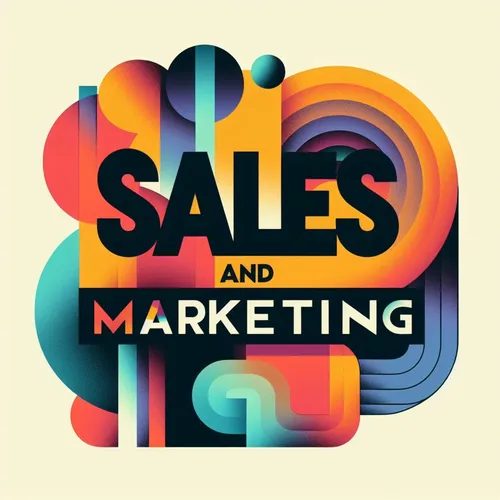The Perfume and Body Oil Business: Overcoming Customer Acquisition Challenges
- Author
- Tavershima Ayede
- Published
- Fri 07 Mar 2025
- Episode Link
- https://podcasters.spotify.com/pod/show/tavershima-ayede1/episodes/The-Perfume-and-Body-Oil-Business-Overcoming-Customer-Acquisition-Challenges-e2vr7d0
I recently recorded a podcast episode that was intended to be a conversation with Divine, a dedicated entrepreneur selling perfumes and body oils in a bustling university town in Nigeria.
Unfortunately, our schedules didn't align, and the conversation didn't happen.
However, the insights I prepared for Divine are too valuable to keep to myself, so I’m sharing them here.
Divine's primary challenge revolves around customer acquisition.
He's tried various strategies, including posters, flyers, and WhatsApp broadcasts, but hasn't seen the results he hoped for.
He also struggles with defining his Ideal Customer Profile (ICP), worries about wasted advertising money, and lacks a clear Unique Value Proposition (UVP).
Embracing the Challenge of Customer Acquisition
If we had had our conversation, I would have emphasized that customer acquisition is a fundamental part of business. As Peter Drucker famously said, "Because the purpose of business is to create a customer, the business enterprise has two—and only two—basic functions: marketing and innovation."
Innovation focuses on refining our products and services, while marketing is about bringing customers through the door.
Therefore, facing challenges in customer acquisition is not a sign of failure but a normal part of the entrepreneurial journey.
Optimizing Traditional Marketing: Flyers and Posters
Divine has been using flyers and posters, but perhaps not with the necessary intensity.
When it comes to these traditional methods, it's a numbers game.
Distributing a few dozen flyers won't cut it. To truly gauge the effectiveness of this approach, you need to distribute at least a thousand, if not more.
Here are some strategic locations for distributing flyers in a university town:
* Student Union Building: The central hub of student activity.
* Student Hostels: Reaching students where they live.
* Lecture Halls: Capturing attention between classes.
* Libraries: Targeting students focused on their studies.
* Off-Campus Student Housing: Reaching those living outside the main campus.
* Transportation Hubs: Capturing attention during commutes.
Leveraging QR Codes and WhatsApp Broadcasts Effectively
Divine also uses QR codes, but he directs users to his website. I believe a more effective approach would be to direct them to a WhatsApp chat or an email conversation. This allows for personalized interactions, which are crucial for building relationships and driving conversions.
Regarding WhatsApp broadcasts, it's essential to build an opt-in list. Avoid sending mass messages to everyone in your contacts. Instead, ask people if they want to receive updates and promotions. A simple message like, "Would you like to receive updates on our latest perfumes and offers via WhatsApp?" can work wonders.
Reframing Advertising Costs: Optimizing Spending
Worrying about wasted advertising money is common, but it's more productive to focus on optimizing your spending. Not every promotional effort will yield immediate results.
The goal is to reduce waste and increase effectiveness by:
* Targeting: Ensuring your message reaches the right audience.
* Messaging: Crafting compelling and relevant communication.
* Conversions: Guiding potential customers to take the next step.
Uncovering Your Unique Value Proposition (UVP)
Your UVP is the reason why customers choose your business. To discover it, ask your best customers why they buy from you.
Understanding your UVP will:
* Inform your marketing messaging.
* Provide ideas for problem statement openers in conversations.
* Lead to higher conversion rates.
By focusing on these areas, Divine and other entrepreneurs can overcome customer acquisition challenges and build thriving businesses.
Remember, persistence, adaptation, and a customer-centric approach are key to success.
